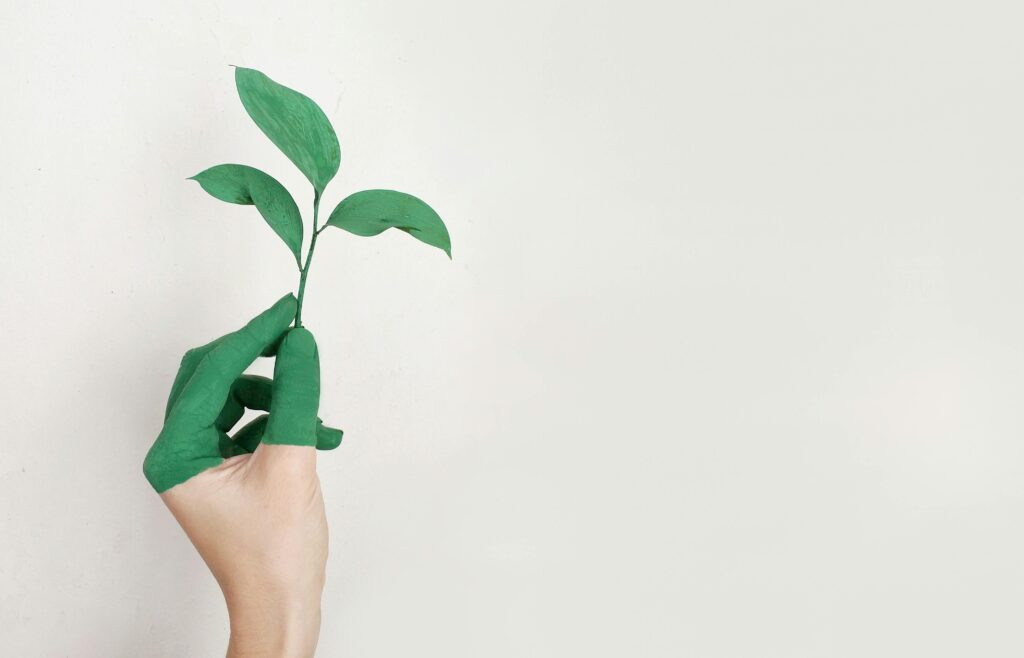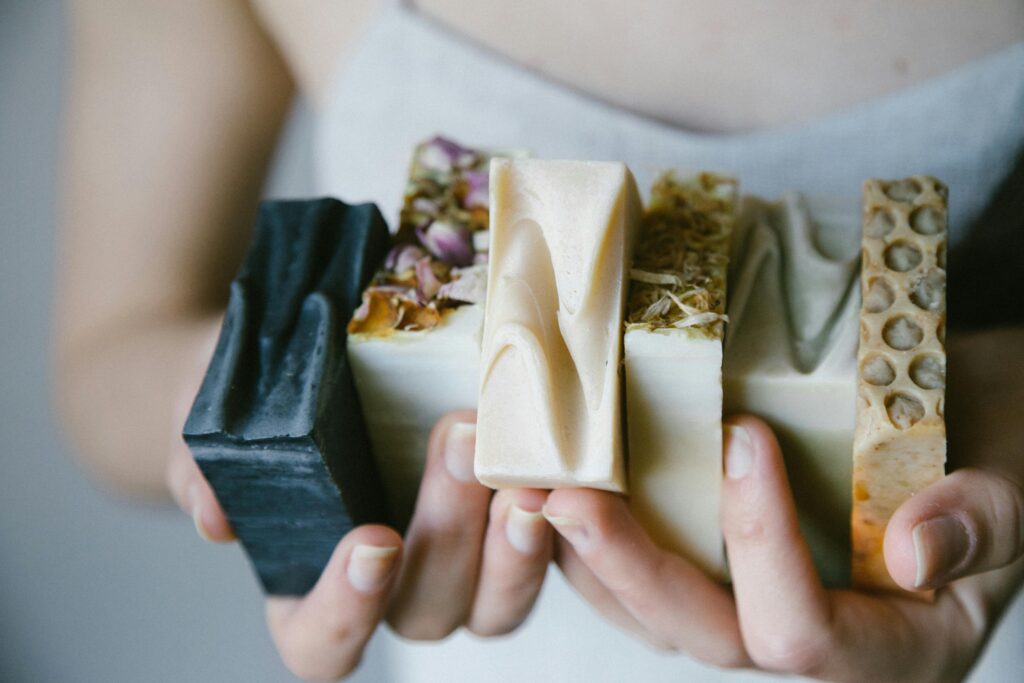Have you ever felt itchy, irritated, or just plain uncomfortable during your period? You’re not alone. Studies show that up to 70% of women experience some form of discomfort from traditional menstrual products. Enter natural menstrual pads—your skin-friendly, eco-conscious alternative. In this guide, we’ll dig into what makes organic pads a game-changer, how to choose the right ones, and tips for transitioning seamlessly.
You’ll learn:
- The hidden dangers lurking in conventional pads
- A step-by-step guide to selecting quality organic pads
- Tips to make the switch without regret (including one don’t-you-dare tip)
- Inspiring stories proving it’s worth every penny
Table of Contents
- Key Takeaways
- Why Are Women Making The Switch?
- How To Choose Quality Organic Pads
- Tips for Transitioning to Natural Options
- Success Stories That Prove It Works
- Frequently Asked Questions About Natural Pads
- Conclusion
Key Takeaways
- Natural menstrual pads are made from organic materials like cotton, minimizing skin irritation.
- Switching supports both personal health and environmental sustainability.
- Transitioning takes some adjustment but is worth the effort (and coffee).
Why Are Women Making The Switch?
Pain point incoming: ever noticed rashes or irritation after wearing traditional pads? Many mainstream brands use synthetic materials and chemical additives—yikes! For example, I once unknowingly bought pads with fragrance enhancers; my skin rebelled faster than my attempt at TikTok trends.
What Makes Conventional Pads Problematic?
Sad truth alert: many big-name pads contain plastics, bleach remnants, and artificial fragrances. These culprits can cause irritation, disrupt pH balance, and even introduce toxins into your body. Plus, let’s talk trash—literally. Billions of disposable pads end up in landfills yearly, wrapped in plastic that could outlast humanity.

Enter Organic Pads: Skin-Friendly & Eco-Conscious
Grumpy Optimist dialogue time:
Optimist You: “Switching to organic pads means no more itching!”
Grumpy You: “Yeah, but only if they actually work… ugh.”
Made from certified organic cotton, these pads skip harmful chemicals, making them biodegradable and gentle on your skin. Double the win!
How To Choose Quality Organic Pads
Step 1: Check Certifications
Look for certifications like USDA Organic, GOTS (Global Organic Textile Standard), and OEKO-TEX, which ensure high-quality, toxin-free materials. If there’s none, run. Fast.
Step 2: Assess Absorbency Levels
Not all organic pads offer the same absorbency. Day pads? Night pads? Heavy flow days? Match your needs with options explicitly designed for comfort AND functionality.
Step 3: Investigate Brands
Pro tip: research reviews and trust authenticity over shiny marketing. Companies like Brand X and Brand Y consistently rank top because their customers rave about leak-proof designs.
Tips for Transitioning to Natural Options
Before diving headfirst, keep these pointers handy:
- Don’t cheap out: Bargain bin naturals might skimp on quality or certification.
- Give yourself a trial period—it can take two cycles to adjust fully.
- Cut down waste by pairing reusables (hello, cloth pads!) alongside disposables.
Here’s the brutal honesty section: ONE Terrible Tip
I heard someone say, “Just buy any product labeled ‘natural,’ duh.” WRONG. Marketing buzzwords ≠ legit quality. Save yourself future rage by reading labels carefully instead.
Success Stories That Prove It Works
Jane S., a long-time pad sufferer, shares her glow-up story: “Switching to natural menstrual pads literally saved my skin and sanity. No itchiness, no guilt—just ease.”
Real Numbers Speak Volumes

Frequently Asked Questions About Natural Pads
Do Natural Menstrual Pads Cost More?
Yes, they’re often pricier upfront—but think investment piece rather than fast fashion splurge. Plus, consider the cost savings from avoiding doctor visits due to irritation issues.
Are They Less Effective Than Regular Pads?
Nope. Modern organic pads rival traditional heavy hitters—minus the toxic baggage.
Where Can I Find Them?
Check online retailers like Amazon, specialty shops, or direct-brand websites. Bonus points for subscription services offering doorstep delivery!
Conclusion
Making the leap to natural menstrual pads isn’t just healthier—it’s a statement against unnecessary waste and toxic products plaguing our planet. Sure, grumbling may ensue while sifting through options—but hey, caffeine helps. And remember…
“Like dial-up internet, patience during transitions pays off big.”


